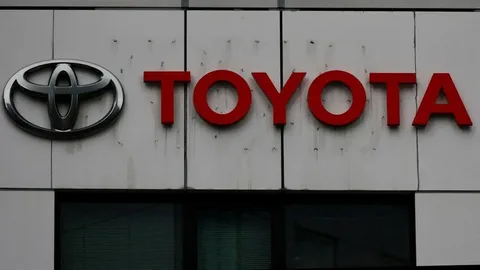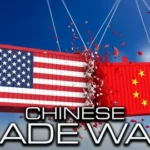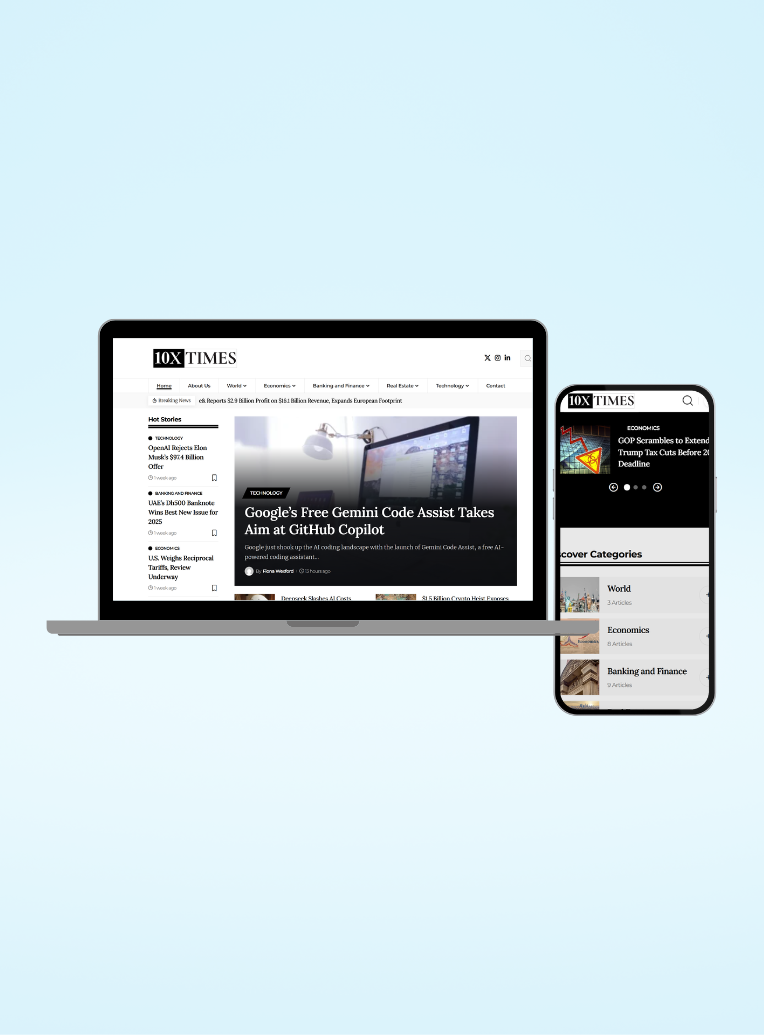The world’s top automaker, Toyota, has sounded an ominous warning regarding the economic blow of new trade policies, reporting a whopping $1.3 billion hit in profits in two months. This precipitous drop is directly attributed to 25% tariffs imposed by President Trump on auto and car part imports from April. The shift is a dramatic turn around for Toyota, just last year basking in record profits driven by soaring sales of hybrid cars and overseas expansion.
The firm now anticipates a 20% decline in operating profit for the fiscal year to March 2026, projecting it to drop to 3.8 trillion yen ($26 billion) from 4.8 trillion yen a year ago. With a quickly appreciating yen, increasing labor and material expenses, and mounting political uncertainty, Toyota’s future is growing increasingly bleak by the day.
Read More: Trump Car Tariffs: How America’s Auto Industry is Bracing for Impact in a Globalized World
Trump’s Tariffs Deal a Harsh Blow to Toyota’s Profits
The aggressive trade policy of the Trump administration has imposed a 25% tariff on cars imported into the U.S., following up with tariffs on auto parts as well. This policy action has inflicted a heavy blow on Toyota, which has a strong dependency on the U.S. market for both car sales and material supply chain operations.
Toyota CEO Koji Sato described the situation as “highly unstable,” observing that the financial estimates only represent the damage done in April and May. With additional ripple effects, the actual long-term price of these tariffs could be even higher.
Apart from the tariff shock, Toyota is also facing a rising Japanese yen, which is expected to cost the company about 745 billion yen this year. A higher yen makes Japan-made cars less competitive in foreign markets and narrows profit margins.
Toyota Takes Defensive Approach to Counter Market Winds
In spite of the difficulties, Toyota is not standing still. Rather than increasing the price of vehicles, which would drive away customers and damage brand loyalty, the company is prioritizing cost reduction and efficiency. Executive groups are evaluating the potential to lower fixed costs and enhance operational flexibility in global operations.
One of the moves under consideration is relocating production of the next-generation RAV4 SUV to the United States, a decision that would assist in avoiding tariffs and mitigating currency fluctuations. Such localization strategy demonstrates Toyota’s long-term goal to stay strong and competitive amid rising trade uncertainty.
Toyota’s ongoing focus on hybrid automobile technology is a foundation of its business. World demand for low fuel consumption cars keeps growing, presenting the car maker with an unprecedented advantage as other manufacturers just build up a presence in electrified vehicles. But even peak demand for hybrid products might fail to counter the acute financial impact from the tariff environment.
Global Industry Faces Domino Effect as Tariffs Shake Markets
The implications of Toyota’s troubles reach far beyond one firm. The world’s automotive sector is now on notice, as trade policy has the potential to break supply chains, shift production footprints, and compel strategic turns. Other large automakers, especially those shipping to the U.S., could soon post comparable profit reductions or operational overhauls.
Consumer behavior also comes under scrutiny. With vehicle prices on the rise, customers might become even more conservative, further cutting demand and putting pressure on automakers to provide deeper discounts or financing incentives. Such market distortions would affect profitability for years.
Toyota’s new vehicle sales are also projected to increase by 1.7% to 11.2 million units this year, a small gain. But its net profit projection has been cut 35%, to 3.1 trillion yen ($21.6 billion). Although Toyota was able to increase operating profit by 0.3% in the latest quarter, the year ahead still looks bleak.
What Lies Ahead: Adapting in an Era of Trade Volatility
Toyota’s experience should stand as a lesson to the global auto industry. The era of orderly growth and stable trade practices is over. In the future, auto manufacturers will have to construct more agile supply chains, localise production, and expect geopolitical shocks to be an everyday way of life.
As Toyota prepares for greater uncertainty, its capacity for swift adaptation, sustained innovation, and intelligent manufacturing choice will decide how well it rides out this storm. The measured reaction of the company and its emphasis on hybrid leadership are a ray of hope—but only time will inform us if it can stand firm against growing global pressures.
For More Trending Business News, Follow Us 10xtimes News






